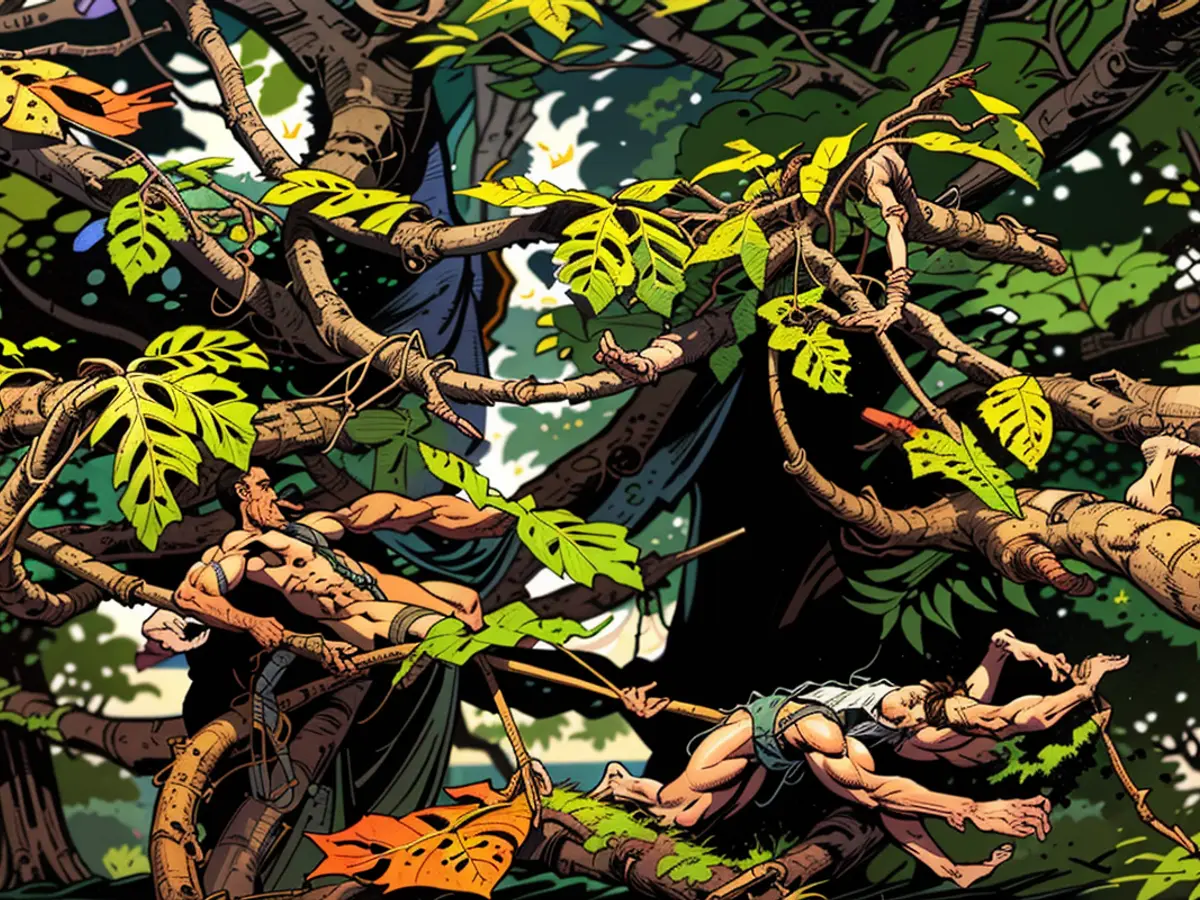- Specialist Notes: Abundant Chestnut Leaves with a Brown Hue in the Southwest
Around mid-August, chestnut trees in Baden-Württemberg start shedding their leaves in a distinctive brown hue. Typically, this signals an infestation of chestnut miner moth larvae. However, this year, Olaf Zimmermann, an entomologist at the Agricultural Technology Centre Augustenberg in Karlsruhe, notes an unusually high occurrence of this issue.
The elevated temperatures in recent years might be the cause, since these temps are quite delightful for the insects, which originated in Southeast Europe. There aren't many natural predators for this species, Zimmermann points out, although there are a few parasitic wasp species. Regrettably, the chestnut miner moths continue to thrive.
"The trees aren't dying off"
But there's good news, as per Zimmermann: chestnut trees aren't dropping dead due to this infestation. Although the chestnut miner moth has been a concern, Zero chestnut tree fatalities have been reported due to the insect larvae. "The trees are quite resilient," states Zimmermann. The main damage is quite aesthetic, but it can make the trees more susceptible to other illnesses, according to the BUND Baden-Württemberg.
If you'd like to help out your chestnut tree, collecting its fallen leaves in autumn could be beneficial. This is because the larvae dwell within the leaves. This practice is an effective way of managing the next generation of moths. Additionally, it provides useful data on the extent of damage for databases.
Only the white-blossoming horse chestnut is vulnerable to the moths. Consequently, municipalities are encouraged to consider planting red-blossoming and hybrid tree varieties, according to Zimmermann.
The pest is manageable
From an agricultural standpoint, Zimmermann considers the chestnut miner moth to be relatively manageable. In comparison, the Japanese beetle, detected in Germany for the first time in 2021, poses a much greater threat.
The infestation of chestnut miner moth larvae might affect the trees' appearance, but it doesn't seem to harm the trees' health significantly, as demonstrated by the lack of tree fatalities. This suggests that the nature of chestnut trees is resilient against this specific pest.
While the chestnut miner moth is a concern, it's important to note that the pest is relatively manageable compared to others, such as the Japanese beetle, a new threat to German forests.








